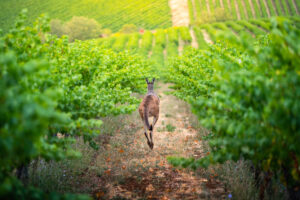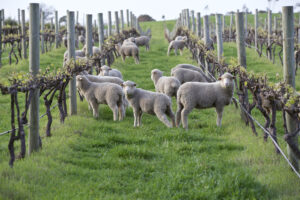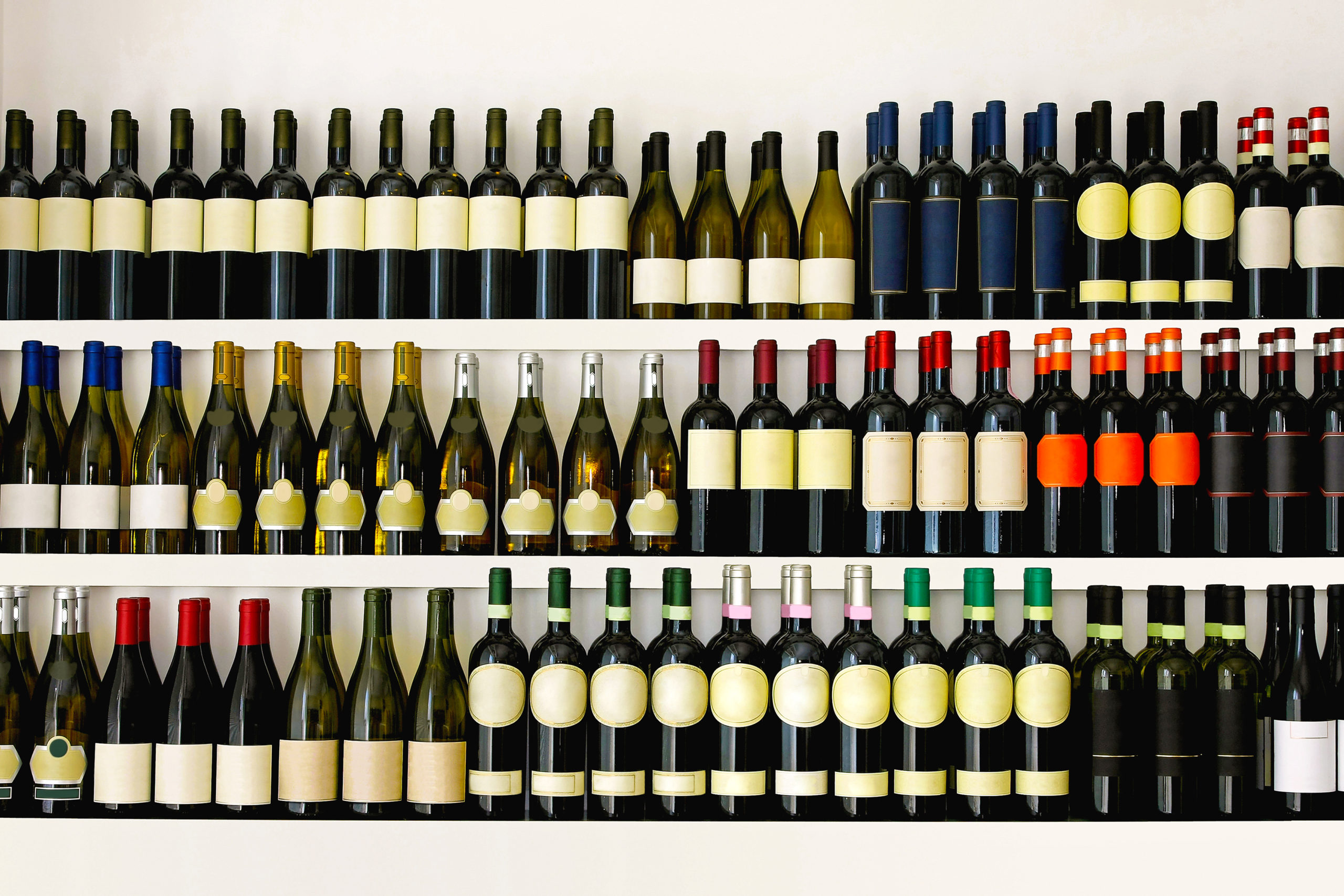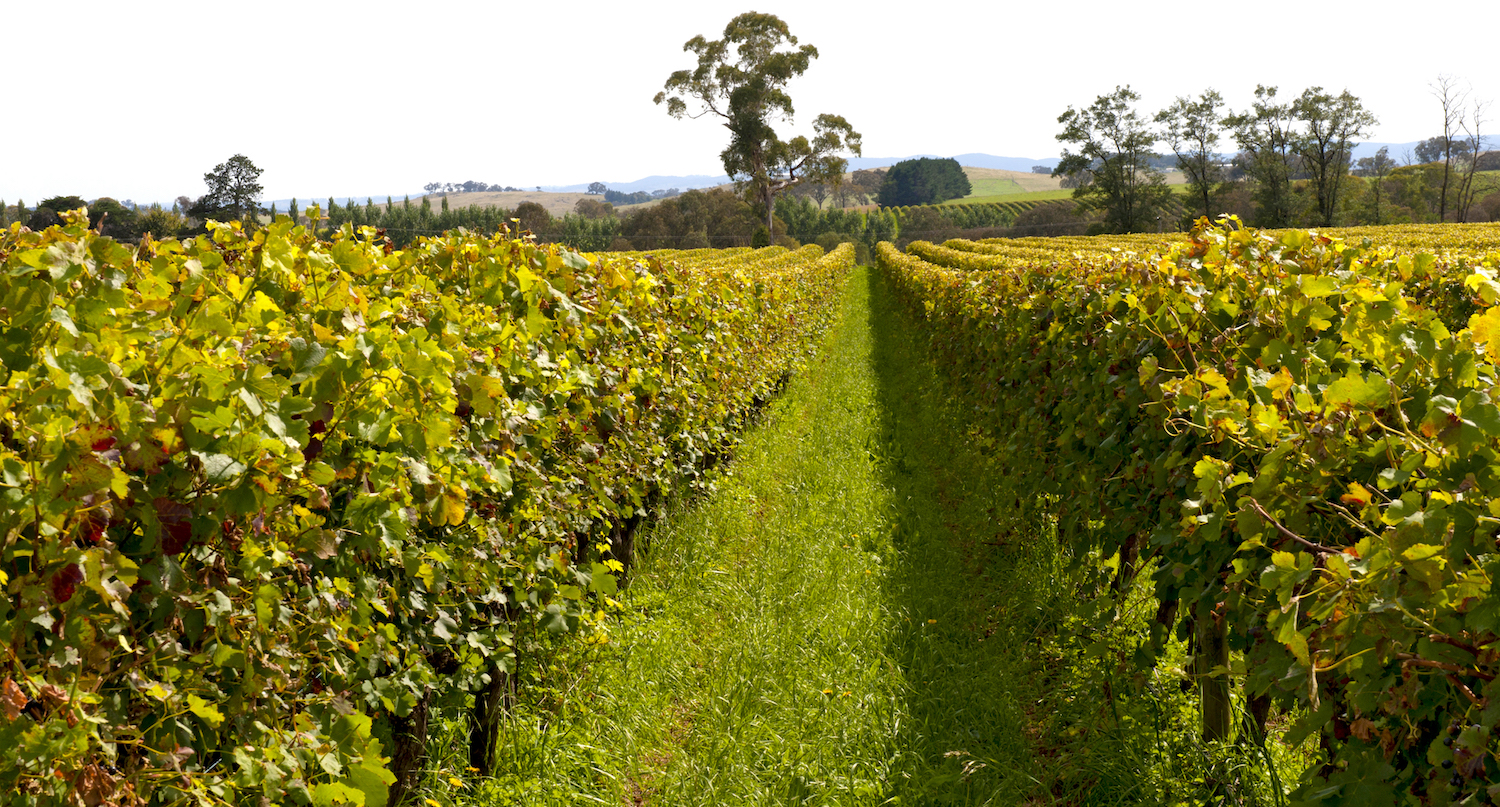“We are in a period of inspiration.” – Mark Davidson, Head of Education in the Americas for Wine Australia
Australia’s winemaking history may be shorter than that of many of the world’s well-known viniferous regions, yet in that short span of time centuries’ worth of change has occurred. Through conversations with some of the category’s most notable emissaries, we reveal their strategies for ensuring that consumers get down with wines from Down Under.
Understanding Past Misconceptions
Rebecca Loewy, Great Lakes Sales Director at Old Bridge Cellars, has been working with Aussie wine for over 15 years and has seen all of the fluctuations in consumer demand in that time. “Pretty much from 2008 on, the press started bagging on Australia” during the trend of “98 point, American oak, heavily-extracted Shiraz.” Though Loewy explains that consumers were initially happy with this style, their perspective “caught up” with what the press was telling them, creating a notion that Australian wines were something to be dismissed. This led to what Mark Davidson, Head of Education in the Americas for Wine Australia, defines as the most common consumer misconception of the category: that Australia is a “hot country” and that “all the wines are rich, full-bodied, and high in alcohol.” Loewy recalls a wine tasting just over five years ago where she was pouring regional Australian wines, explaining to a consumer the varietals and where they’d been grown, and they responded by saying ” ‘Yeah, I don’t drink Australian wine.'” The interwoven yet simple osmosis between press and consumer had created, for a long time, what Loewy refers to as a “monolithic” perception of Aussie wine as a whole.

The impressions of those in the consumer-facing trade field are also important to consider. Rebecca Miles-Steiner is the wine and spirits buyer at Chicago’s Plum Market and she explains that when she first got into retail the “distinctive and celebrated full-bodied style” of Barossa Shiraz was the main vein being tapped. In her initial studies, Miles-Steiner became aware that much of the wine being imported was “value and bulk,” what Henry Hudson, Executive Director of Hudson Wine Brokers, refers to as the “cheap critter wines found in supermarkets.” Though Miles-Steiner always had a sense that it was a “wine of place,” it was through the efforts of Wine Australia, “possibly the most effective and active of any of the many national wine marketing boards,” that she came to truly understand and appreciate the diversity and high-value of Aussie wine offerings.
Contemporary Consumers
“Today’s consumer is more adventurous,” and Davidson believes this will lead to a greater willingness to try “different varieties and styles.” Loewy encourages the modern adventurous consumer by “building a bridge” using what they are familiar with and guiding them by explaining that if, for example, they enjoy Cabernet Sauvignon, “you know Napa, you know Bordeaux, well here’s two places in Australia where it grows beautifully,” adding that because land is more available and inexpensive, “your $20 bottle of Cab from Coonawarra is going to have significantly higher quality” due to “better quality grapes.”
“I live and breathe this stuff.” – Rebecca Loewy, Great Lakes Sales Director at Old Bridge Cellars

As consumers are beckoned by familiar varietals, they can be opened up to the broad and innovative spectrum of Australian wine. Davidson reminds us that “Australia does not have any indigenous or native grape varieties” but that “we are in a period of inspiration rather than emulation” meaning “the look, feel, and taste of our wines is unique” and winemakers “know exactly what is happening with the varieties they work with,” finding the “best expressions” from Australian “sites, soils, and climates.” Hudson “surprises” consumers with Pinot Noir from five different regions, and Loewy points to how Semillon production techniques in Hunter Valley result in the grape “expressing itself in such a different way there than anywhere else in the world.” Loewy reiterates Davidson’s point that winegrowers “have got it pretty well” which grapes perform best in which regions and they they are “always experimenting with new varietals,” keeping climate change in mind. Miles-Steiner applauds Aussie winemakers for this work, and finds that “almost universally” they are striving to “learn more and make better wine each year.”
Gatekeepers to Success
So how can Australian wine best channel its quality and history to consumers? Loewy has noticed that “in the last year or two, sommeliers and fine wine shop owners are highly interested in regional Australia,” with press interest quickly following, meaning that if we follow the past patterns that initially developed consumers’ misconceptions, new consumer interest will follow suit. In addition, with many bars and restaurants indefinitely closed due to the pandemic, consumers no longer have as many opportunities for one-on-one conversations with somms, which positions retailers as the primary gatekeepers, and underlines the importance of a vibrant and steady stream of information and education from distributors to off-premise vendors. As Miles-Steiner divulged, it was her education through Wine Australia that sparked her now-burning passion for Aussie wines, and as someone who thinks “really highly” of the category, she makes sure it gets a seat at the table.

By spinning passion and education into a singular message, Loewy has found that consumers tend to resonate with “family stories” and interesting production facts, noting that some “tiny producers” are “flipping the industry on its head” with low intervention wines and wild ferments that would definitely appeal to the growing consumer demand for “lower alcohol” and “chuggable” wines. In larger retail spaces, Loewy feels that though organization of the wine aisles differs between individual stores, Australian wines would benefit from categorization by varietal as opposed to region, explaining that if a consumer is looking for a Sauvignon Blanc, they wouldn’t necessarily go to the Australia aisle, but if there were an entire section dedicated to that varietal set, the odds would be much higher that they’d pick up an Aussie offering. She discloses that to prove her theory “we’ve been encouraging people to sneak that varietal into California and see if it moves,” and the resulting “increased movement” confirms that “sets organized by variety” can help sell wines that “don’t enjoy the benefit of widespread regional name-recognition.”
Once a consumer’s curiosity is piqued, Hudson believes that the value of Aussie wines will keep them trying more. With greater land availability and therefore lower production costs, allowing room for innovation, Hudson reasons that this creates “cutting edge winemakers that do not need to follow rules” and results in wines “in the $15-$30 range” that “over-deliver in quality.” Davidson feels that “the cross section of varieties and styles means there is literally something for everyone” and that consumer recognition of the diversity of the Australian category “gives them an opportunity to see the price/quality ratio with premium, regionally expressive wines,” further confirming that “recent US statistics are clearly showing growth in those premium price points.”
Though its history of production may be short, the combination of diverse and unique growing conditions, prolifically creative producers, vehement educated ambassadors like Loewy (who proudly declares “I live and breathe this stuff”), and keen consumers leads to the conclusion that Australian wine is bursting with potential for growth and success.









